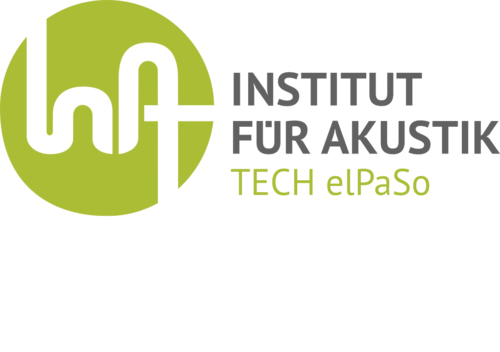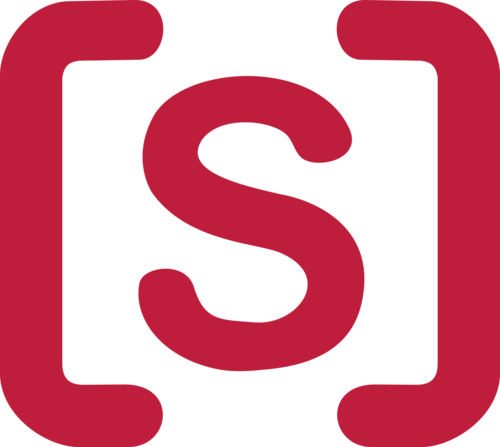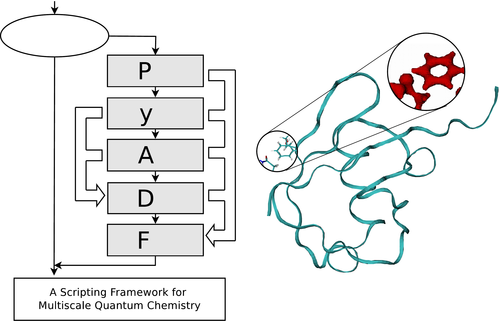Project partners of Suresoft
Contact
Institute for Acoustics - TU Braunschweig
Project: elPaSo

Many fields of engineering are related to vibration analysis, modal analysis and wave propagation (including unbounded propagation). The elementary Parallel Solver “elPaSo” is suitable for vibroacoustic analyses of large-scale systems on high performance computing clusters and has been under constant development since 1996. The code is based on the Finite Element Method (FEM), the Boundary Element Method (BEM), and the Scaled Boundary FEM (SBFEM) and comprises various material models and element types.
Institute for Communications Technology - TU Braunschweig
Project: SiMoNe

The Simulator for Mobile Networks (SiMoNe) is an in-house simulation framework that serves as a realistic system level simulator for cellular and ad-hoc communications. A highly flexible and modular code structure enables simulations for a broad variety of scenarios and technologies, such as LTE, 5G, WiFi or V2X (Vehicle-to-Vehicle and Infrastructure).
Institute for Computational Modeling in Civil Engineering - TU Braunschweig
Project: VirtualFluids

VirtualFluids (VF) is a research code developed at the Institute for Computational Modeling in Civil Engineering (iRMB). The code is a Computational Fluid Dynamics (CFD) solver based on the Lattice Boltzmann Method (LBM) for turbulent, thermal, multiphase and multicomponent flow problems [1] as well as for multi-field problems such as Fluid-Structure-interaction [2] including distributed pre- and postprocessing capabilities for simulations with more than 100 billion degrees of freedom. VirtualFluids is designed to be used in both medium and massively parallel computing environments and has been proven to scale on High Performance Computing (HPC) systems with more that 100k cores (e.g. at Höchstleistungsrechenzentrum Stuttgart (HLRS), Leibniz-Rechenzentrum (LRZ) der Bayerischen Akademie der Wissenschaften and Verbund für Hoch- und Höchstleistungsrechnen (HLRN). As such the framework supports traditional CPU based architectures as well as GPGPU based systems and stands out due to a worldwide unique implementation of the cumulant collision model [3] and grid refinement on GPGPUs [4]. The cumulant model combines the two main advantages of the most established lattice Boltzmann models, the Bhatnagar-Gross-Krook (BGK) model and the multi- relaxation time (MRT) model. That is the ease of use of the BGK model and the freedom of choice in terms of parameters of the MRT model. More over the GPGPU variant allows for running interactive simulations close to real time in combination with stereoscopic presentations in virtual reality labs [5]. Furthermore, VirtualFluids can be used with the grid generator of the finite volume solver OpenFoam that is widely used in academics as well as in industry [6]. The research software has constantly been developed since 1998 and has served as the foundation for 17 successful Ph.D. theses and is currently the operating framework of further ongoing Ph.D. projects.
Physical and Theoretical Chemistry - TU Braunschweig
Project: PyADF

In typical applications of quantum chemistry, a single or a few calculations are usually not sufficient. Instead, more complicated workflows are needed, in which a series of interrelated computational tasks is performed. In particular multiscale simulations, which combine different levels of accuracy, require a large number of individual calculations that depend on each other. To automate such workflows, we have developed PyADF, a scripting framework for quantum chemistry. It handles all steps necessary in a typical workflow in quantum chemistry and is easily extensible. PyADF is written in the Python programming language and is interfaced to a number of different program packages, most importantly ADF, Dalton, Dirac, and NWChem.
Department of Computer Science 16 / System Software - FAU Erlangen-Nürnberg
Project: Themis
Themis is a Byzantine fault-tolerant (BFT) framework developed in Rust at the i16 at the FAU Erlangen-Nürnberg, formally IBR at the TU Braunschweig. In short, BFT algorithms are concerned with handling arbitrary faults in a distributed system, e.g. a node sending malicious messages. Themis provides the basic framework upon which different BFT algorithms can be built upon. This allows to easily implement new BFT algorithms without having to reinvent the wheel i.e. re-implementing networking between nodes, cryptographic key generation, everything, despite being needed, not innovative to the algorithm. As a further advantage, Themis allows to compare different algorithms. Whether on efficiency, on throughput or latency, or on their non-functional aspects, a comparison between the implemented BFT algorithm can be made with Themis. In addition, Themis allows the underlying framework to be customised. Thus, for example, different network implementations have been incorporated to investigate their influence on the BFT algorithms. And all of this without the algorithms having to be adapted again, since they rely on the abstractions of Themis which do not change.